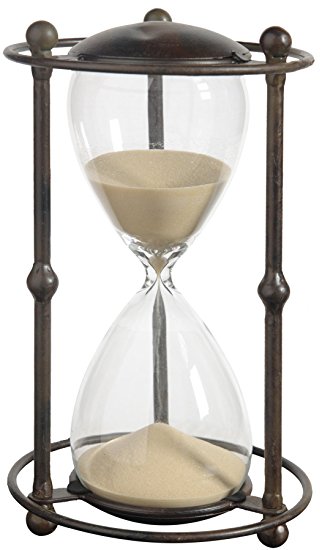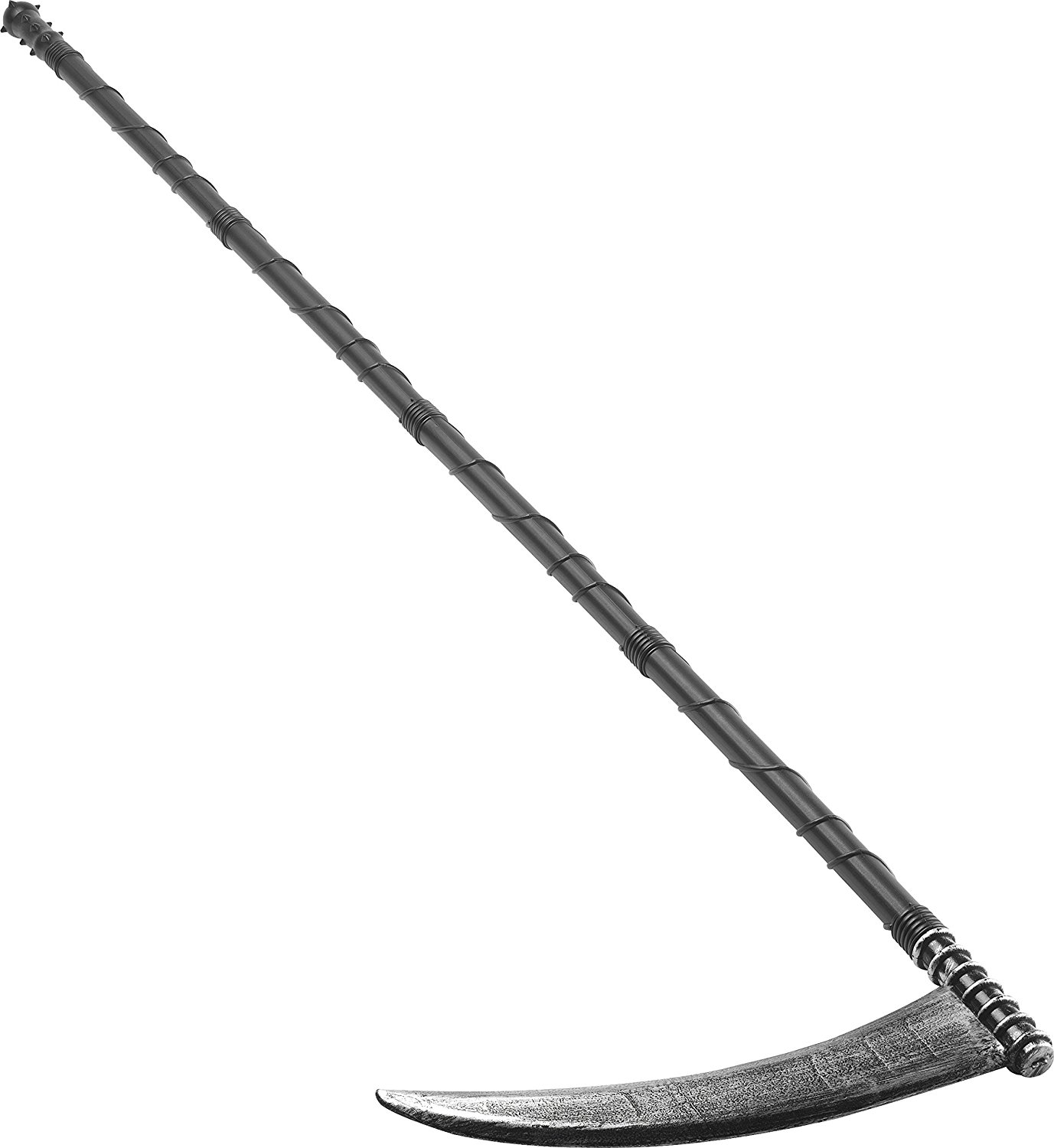The third section of the Master Mason’s degree includes an explanation of the emblems of the degree, nearly all of which is monitorial. Unfortunately, these emblems and their explanations often escape the Mason since they are rarely presented at the time of the degree due to their monitorial nature. Two of these emblems, the hourglass and the scythe, deal with human life and time and are worthy of our consideration. It is interesting to note that these two emblems are of relative recent origin and primarily found in the rituals of the United States. Indeed, there is no evidence that the hourglass and scythe were used as symbols by operative masons. It appears these two symbols were introduced into the lecture in the late 18th century. The Monitor of the Lodge published by the Grand Lodge of Texas provides the following explanation of these two symbols.
The Hour Glass is an emblem of human life. Behold! how swiftly and rapidly our lives are drawing to a close. We cannot, without astonishment, behold the little particles, which are contained  within this machine, how they pass away almost imperceptibly, and yet to our surprise, in the short space of an hour, they are all exhausted. Thus wastes man! Today he puts forth the tender leaves of hope; tomorrow, blossoms and bears his blushing honors thick upon him; the next day comes a frost, which nips the shoot, and when he thinks his greatness is still aspiring, he falls, like autumn leaves, to enrich our mother earth.
within this machine, how they pass away almost imperceptibly, and yet to our surprise, in the short space of an hour, they are all exhausted. Thus wastes man! Today he puts forth the tender leaves of hope; tomorrow, blossoms and bears his blushing honors thick upon him; the next day comes a frost, which nips the shoot, and when he thinks his greatness is still aspiring, he falls, like autumn leaves, to enrich our mother earth.
 The Scythe is an emblem of time, which cuts the brittle thread of life and launches us into eternity. Behold! what havoc the scythe of time makes among the human race; if, by chance, we should escape the numerous evils incident to childhood and youth, and with health and vigor arrive to the years of manhood; yet, withal, we must soon be cut down by the all-devouring scythe of time, and be gathered into the land where our fathers have gone before us. These two symbols, as explained, appear to be gloomy, alluding to death. Yet when considered within the whole concept and philosophy of Freemasonry, the symbols are not dreary. The two emblems when considered together become symbols of time, profitably spent in the service to God.
The Scythe is an emblem of time, which cuts the brittle thread of life and launches us into eternity. Behold! what havoc the scythe of time makes among the human race; if, by chance, we should escape the numerous evils incident to childhood and youth, and with health and vigor arrive to the years of manhood; yet, withal, we must soon be cut down by the all-devouring scythe of time, and be gathered into the land where our fathers have gone before us. These two symbols, as explained, appear to be gloomy, alluding to death. Yet when considered within the whole concept and philosophy of Freemasonry, the symbols are not dreary. The two emblems when considered together become symbols of time, profitably spent in the service to God.
The explanation of the hourglass indicates the brevity of life. Time is the only resource men have in equal abundance. Everyday is made up of 24 hours, and each week of seven days. We can use this time for fruitful and profitable purposes or we can squander our time in frivolity and waste. In the Entered Apprentice Degree, we are taught that time is important through the explanation of the twenty-four inch gauge. This emblem taught us to divide our time into parts. The first part being for service to God and our fellow man, the second engaged in our livelihoods and the third for the refreshment and care of our physical bodies. The sand grains slowly but steadily pass through the hourglass and before we know it, time is complete. We should use our lives to serve God and improve society by our deeds and actions. We must utilize our time wisely, as time wasted is time lost. The scythe alludes to the end of our earthly time. It is an impressive symbol of the certainty of death, which no man will escape. While we may not know the time of our passing, we must be prepared for our demise. We prepare ourselves through our service to God and our fellowman. We must diligently and profitably use the time God provides each of us to improve ourselves before Him. In this manner, we will be prepared to leave this world. The scythe is also is a symbol of immortality and as such reminds us of the temporal nature of our earthly bodies and the glorious nature of the soul.
While the explanations of the hourglass and the scythe refer to death in rather foreboding terms, they do provide us with hope. If we use our time wisely to acquire knowledge and understanding, and use that knowledge and understanding to serve God and society, then our reward will be great. We will “be gathered into the land where our fathers have gone before us.”
Grand Lodge Education and Service Committee 2003
